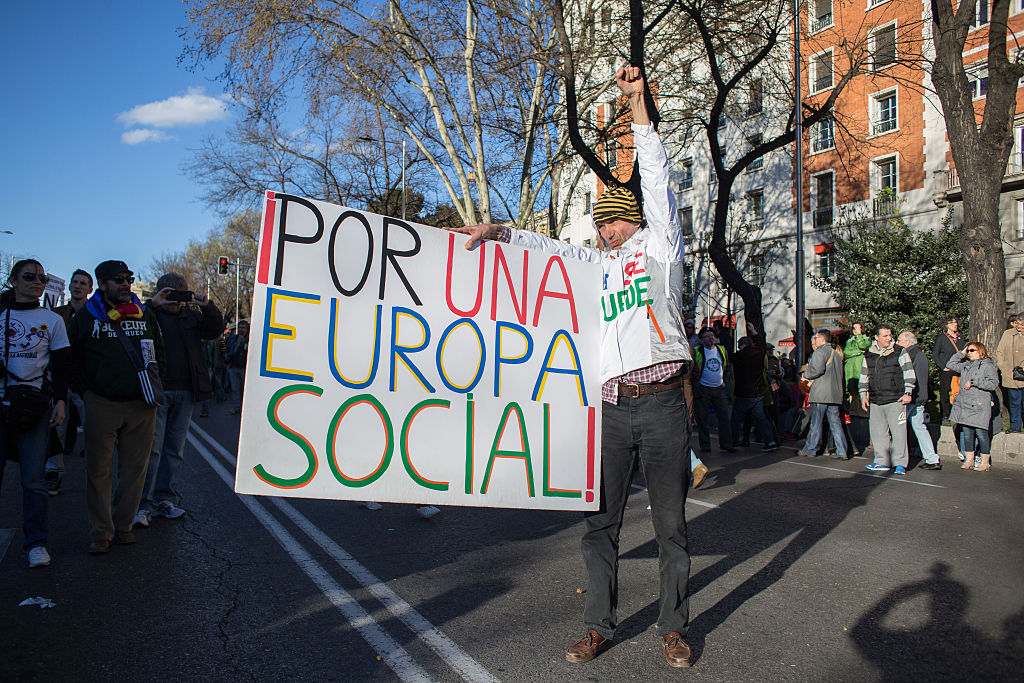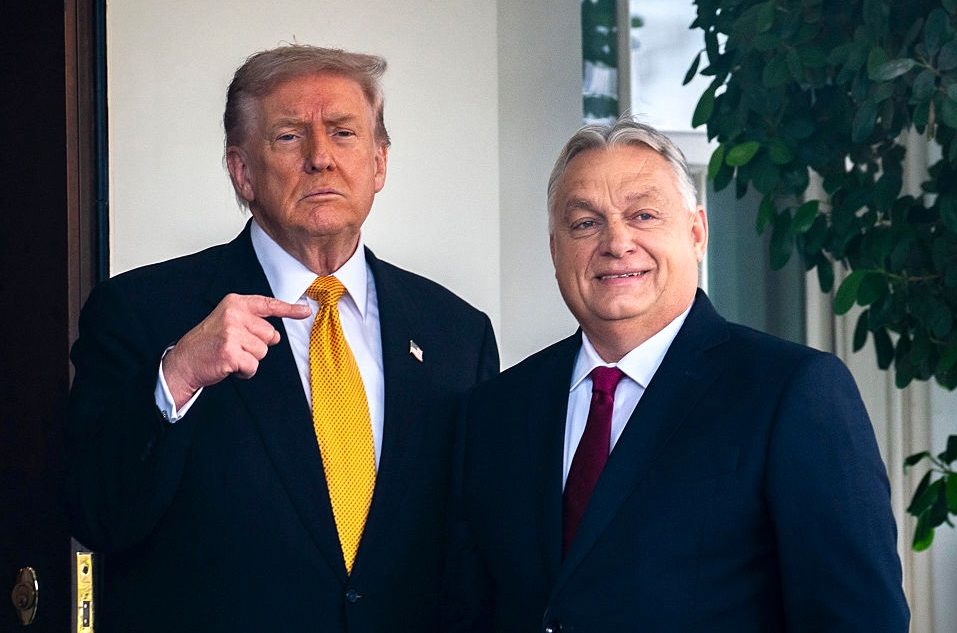Europe's rude awakening on rare earths
After years of America weaponising its control of global chokepoints, Beijing showed it could respond in kind – something it can only do because the West ignored earlier wake-up calls

Europeans did not need any further reminder of the perilous position in which they find themselves amid the intensifying rivalry between superpowers America and China. But last week they got one anyway. The decision by China to impose new restrictions on the export of rare earth elements threatens not only to reignite the trade war that earlier this year looked poised to derail the global economy.
It is a dagger aimed at the heart of Western advanced technology manufacturing and in particular the defence sector. Most alarmingly, there is very little that Europe and the West can do to counter it.
Beijing has weaponised its dominance of the rare earth supply chain before, of course. Most recently in April, in response to Donald Trump’s “Liberation Day” tariffs. On that occasion, it was China’s embargo on the supply of rare earth magnets, vital to many modern technologies, including semiconductors, electric vehicles, and jet fighters, rather than the rapid escalation in tit-for-tat tariffs that forced the US president to seek a truce as production ground to a halt in automotive factories in Europe and America. After years of America weaponising its control of global chokepoints, Beijing showed it could respond in kind – something it can only do because the West ignored earlier wake-up calls.
In 2010, China suspended exports of rare earth magnets to Japan over a territorial dispute in a move that brought the Japanese car industry to a standstill. It should have set alarm bells ringing across the West, given that by this point its own rare earth supply chain had all but disappeared. Japan vowed never again to leave itself so vulnerable: Its manufacturers began stockpiling enough rare earths to meet up to two years of their own needs and invested in Australian suppliers. But the rest of the developed world failed to react.
The result is that China today has a virtual monopoly in these minerals. It accounts for 70% of global rare earth mining and 93% of processing. What’s more, in recent years Beijing has taken several steps to tighten its control of the market. Post-2010, it nationalised the mines and consolidated them into a single state-run company, the China Rare Earth Group. In 2015, it published its Made in China 2025 strategy, which made self-sufficiency in critical minerals a strategic priority, intensifying its quest for resources in the rest of the world. In 2020, it brought in an Export Control Law, which allowed it to restrict exports of rare earths for national security reasons. In 2023 and 2024, the list of restricted elements was expanded significantly.
The new restrictions go a step further. These would require Beijing’s explicit approval to export any magnet containing even trace amounts of Chinese-sourced rare earths – or made using Chinese methods. This is a new trade weapon taken directly from the US playbook. In 2020, the first Trump administration exploited an obscure provision of export law called the “Foreign Direct Product Rule” to claim worldwide jurisdiction on the global sale of any product containing sensitive US technology. It then used this FDPR provision to undermine Huawei’s global telecoms business and set back China’s economic development.
Now Beijing is deploying its own version of FDPR for the first time. Most troubling is that this escalation is aimed squarely at the Western defence sector. The new rules make clear that any companies with links to foreign militaries will be denied export licenses. In effect, they seek to prevent any direct or indirect contribution of Chinese-origin rare earths or related technologies into foreign defence supply chains. For western defence contractors, with limited alternative sources of supply, that is a huge challenge. At a time when Europe is attempting to rearm in response to Russian aggression, China’s move could be highly damaging.
The West has, of course, been making belated efforts to address its vulnerability. The first Trump administration drew up America’s first list of critical minerals in 2018; the Biden administration drew up a mine-to-magnet rare earth supply chain strategy aimed at meeting all defence requirements by 2027. The current Trump administration has gone further, taking equity stakes in critical mineral ventures and making securing access to minerals a key priority of its foreign policy, not least in Ukraine. Meanwhile, the EU passed its Critical Raw Materials Act in 2023, which set a goal of collectively mining at least 10% of the bloc’s total consumption of critical minerals and processing a minimum of 40% by 2030.
Yet it will be years before the West can wean itself off its reliance on Chinese rare earths. MP Materials, for example – America’s only rare earths miner, now 15% owned by the US government – can only produce as many rare earth magnets in a year as China produces in a day. Even if new deposits are found, there is no guarantee that they will be commercially viable or can be brought on stream quickly. It takes on average 30 years to get a mine up and running in the US, while many developing countries lack the necessary infrastructure. China also owns much of the processing technology and is restricting the export of this too. Meanwhile, China’s monopoly means it can manipulate prices to drive competition out of the market.
The best hope is that China’s latest escalation is simply brinkmanship ahead of a planned meeting between Presidents Xi and Trump at a summit in South Korea next month. Beijing has said that the move was in response to a tightening of US restrictions on technology exports, which it said breached an agreement reached at recent trade talks in Madrid. Although Trump has threatened 100% tariffs on all Chinese imports if the restrictions are not lifted, he has also indicated that he expects a deal.
But China is clearly betting that its control of the rare earth supply chain gives it leverage to drive a hard bargain. It may be right.
Simon Nixon is a columnist at Euractiv and publisher of the Wealth of Nations newsletter on Substack. He is a leading commentator on European political economy and geoeconomics and was Chief European Commentator at The Wall Street Journal from 2013 to 2018.








